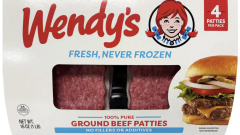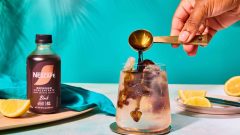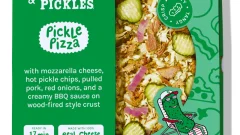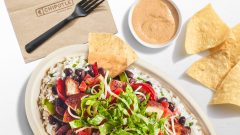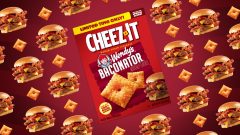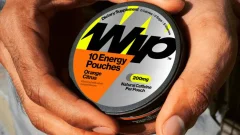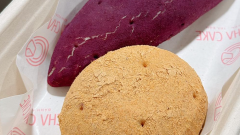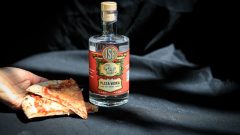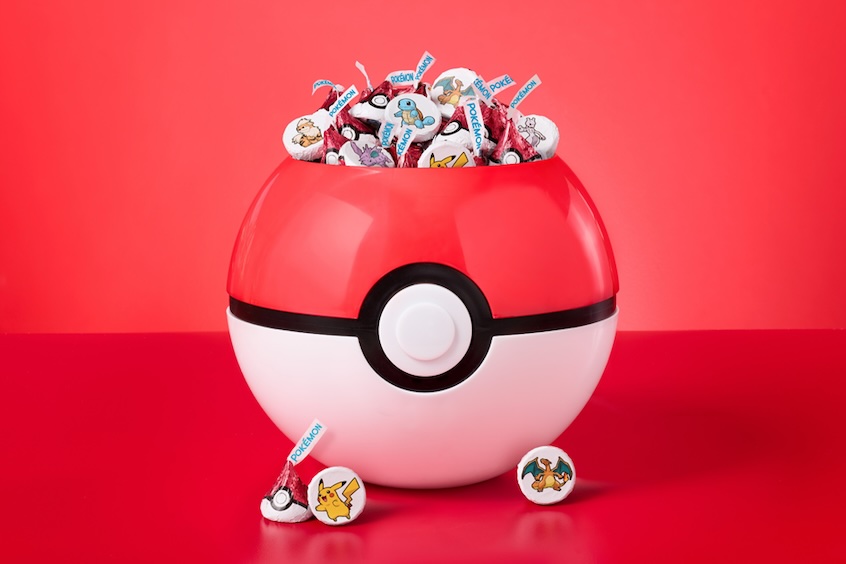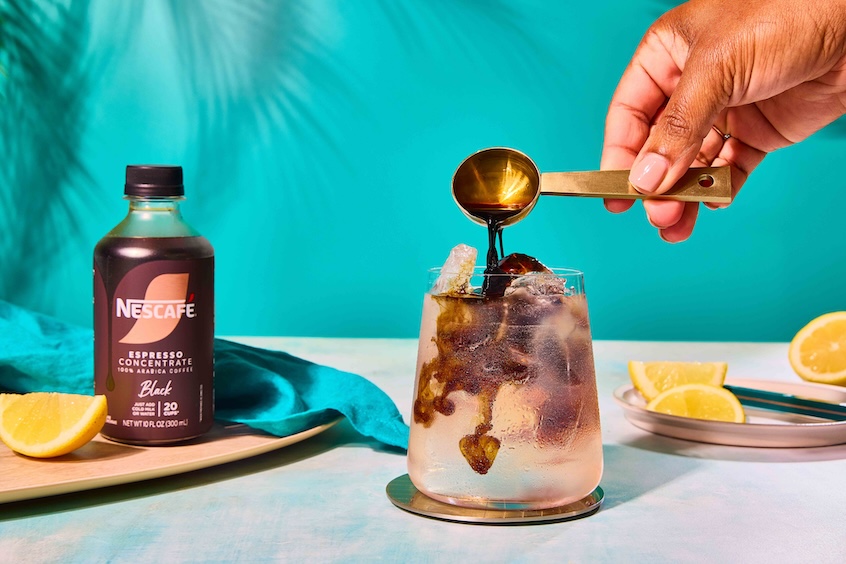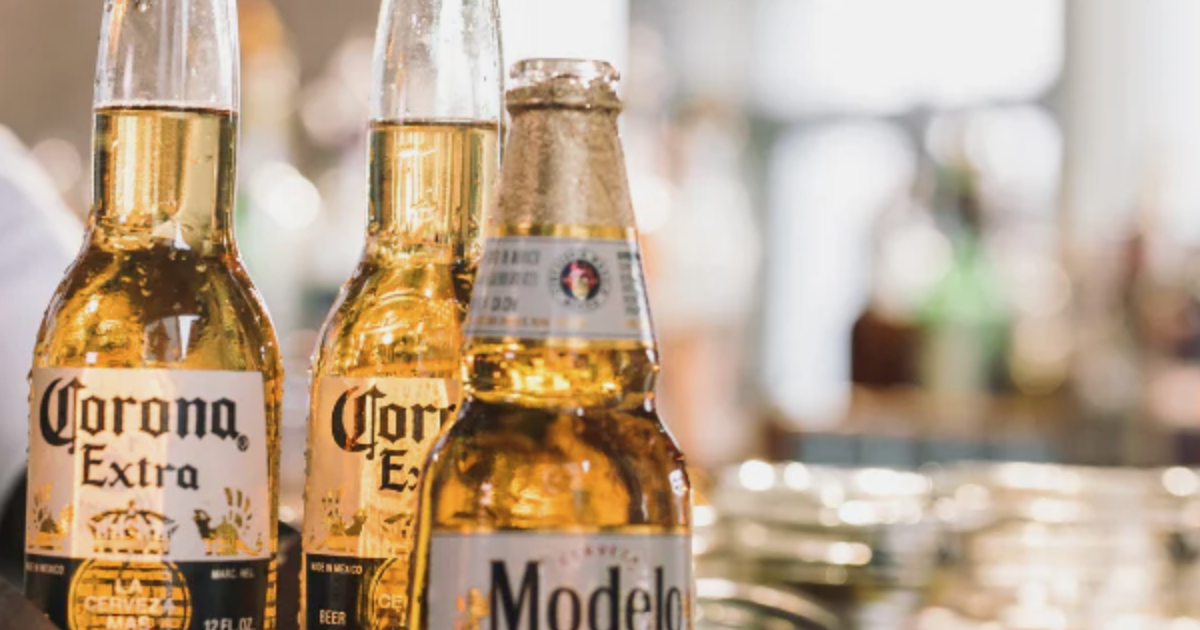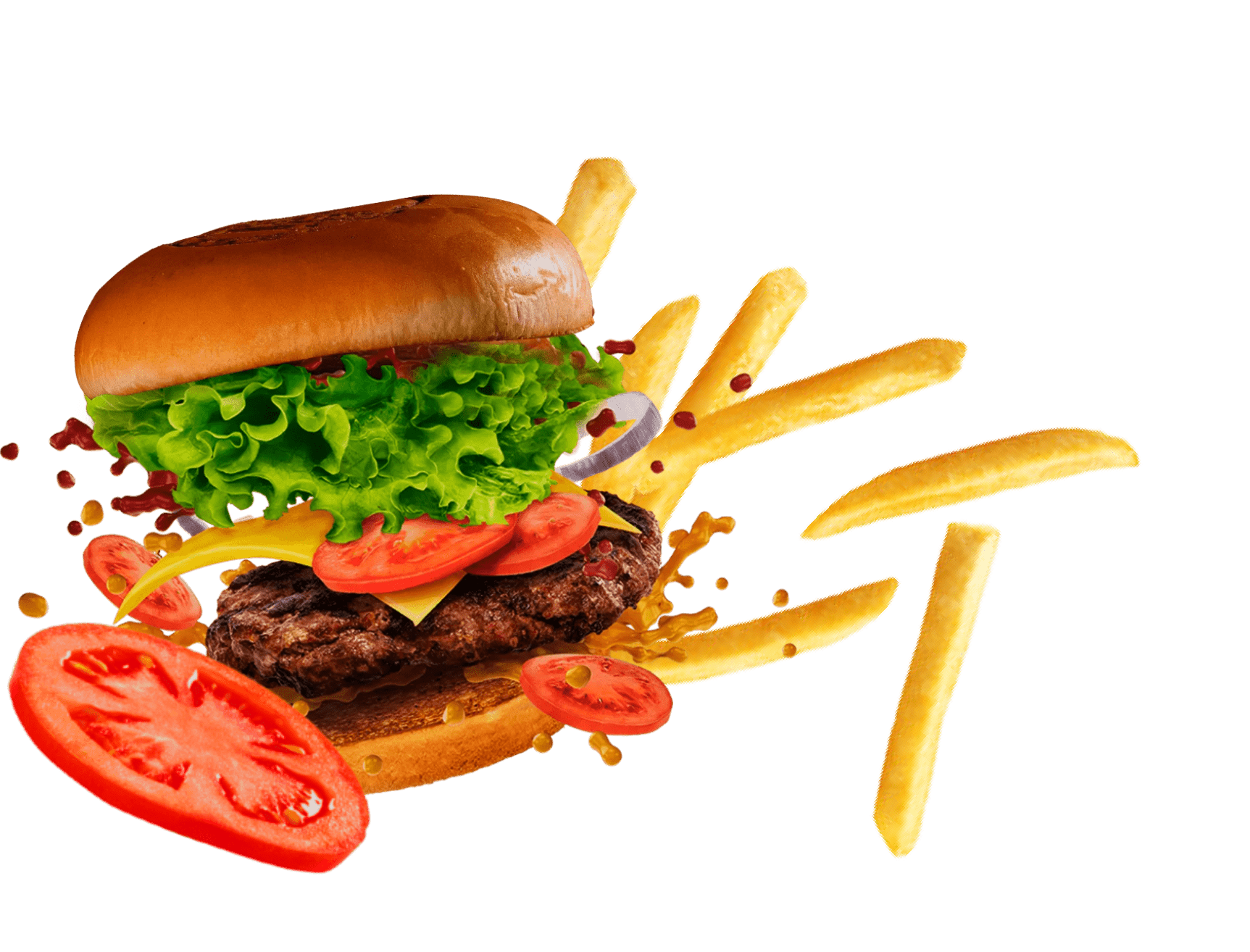An Inside Look At The Lives Of The World’s Top 3 Competitive Eaters
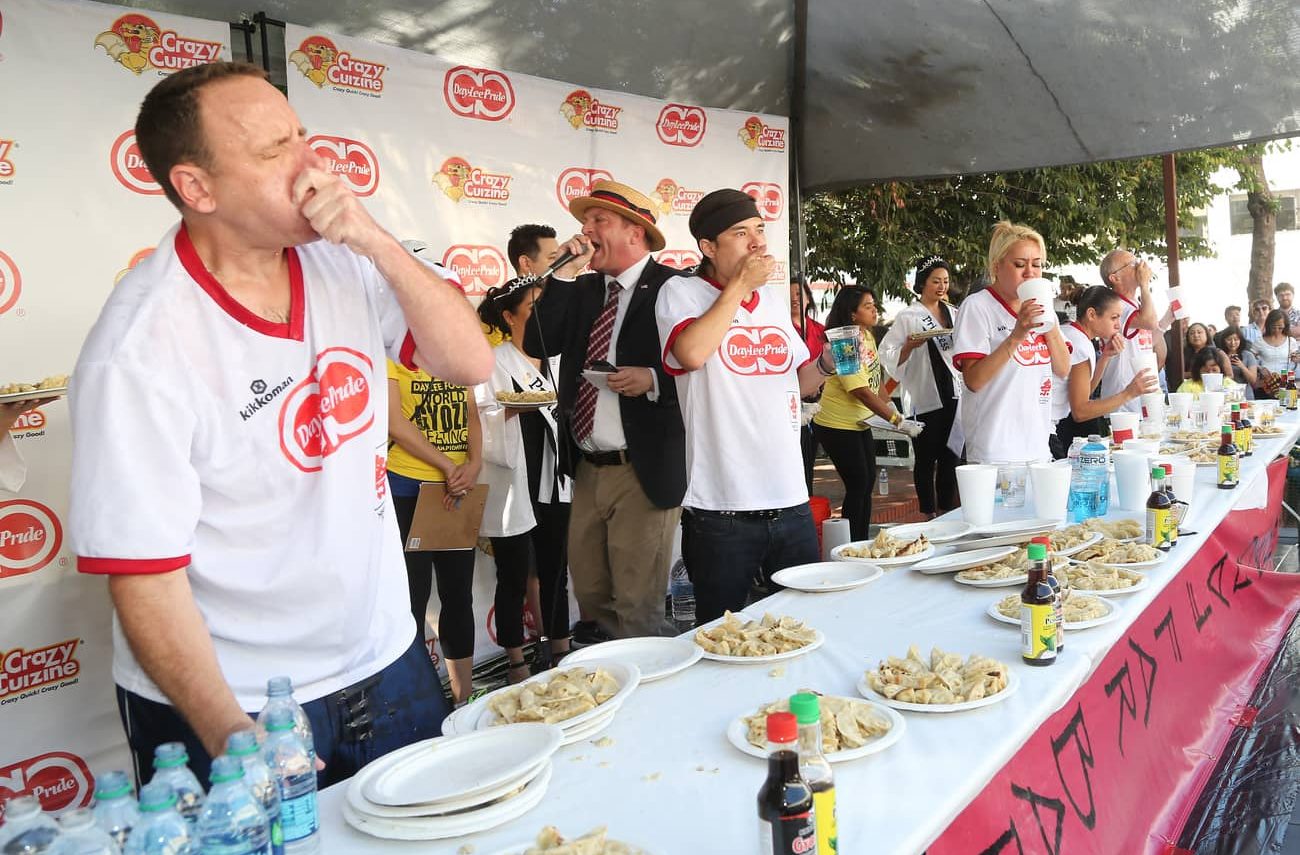
The world of competitive eating may seem like paradise at first to those of us who love to eat. However, eaters on the competitive eating circuit face a grueling and tough path of contests filled with loads of training, practice, and stomach pain. To be a competitive eater is nothing short of impressive, and is even comparable to how a professional athlete trains and performs.

In order to get insight on competitive eaters’ routines, we talked to some of the world’s best: Female competitive eating icon Miki Sudo, viral YouTube sensation Matt Stonie, and industry legend Joey “Jaws” Chestnut; all revealed their own personal tips and tricks to Foodbeast. From contest prep to gametime strategies and recovery methods, here’s what really goes into a professional eating contest.
Prepping For The Big Day

While each competitive eater has their own method and style of preparation, everybody tends to go through the same processes. Each eater will train, practice, and fast in various rotations leading up to their contest.
For Matt Stonie, getting his body into a rhythm is absolutely crucial. Cycles of training, resting, and practice help him get into his groove. Fasting is also key to prepping for the big day. However, even the day before the contest, Stonie doesn’t skimp on the energy.
“Yesterday I did an all-liquid diet, protein shakes, liquid carbs. This morning, some water, some coffee, some Gatorade for some sugar.”
While the stomach may stay empty, Stonie keeps himself running in peak form thanks to the electrolytes and energy spikes his liquid diet provides. It’s a smart way to stay focused and in top shape while limiting food intake before an eating contest.

Miki Sudo, the world’s top female competitive eater, also has a distinct approach to her prep. “I like to have a comfortable week where I have my sleep schedule in order. I’m in the gym, I’m regularly doing cardio — I just feel fit and energetic and healthy,” she said. On top of that, Sudo likes to go through a 24-hour fasting period. Proper nutrition is another major key for her. Those long periods of internal body prep help Sudo stay at the top of her game and in front of the competition.
Like Sudo, Joey Chestnut likes to have about a week or so to prep, rest, and practice. Training, including running, is a part of his regimen, but practicing eating the food beforehand appears to be paramount. “Every practice I try to build up my tolerance,” Chestnut says, as it helps him grit through more of whatever food is ahead of him.
Interestingly, prepping for contests is the most variable factor for several competitive eating athletes. While Stonie, Sudo, and Chestnut have ideal practice times and durations, they admit that they don’t always reach that optimum amount because of time constraints between contests and other varying factors. However, even when they’re not at their best, they can still accomplish incredible eating feats.
Getting Into Gametime Mode

Before games start, athletes love to hype themselves up and get the adrenaline flowing. Competitive eaters are no different.
Miki Sudo loves to, as she puts it, feed off of the crowd. The energy that they can provide really helps her give everything while eating. On top of the audience, she also likes to listen to any songs that get her pumped up and energized (Iggy Azalea’s “Heavy Crowd” is a personal favorite of hers right now).
Adrenaline and energy are definitely important, but so is their mindset heading into game time. Stonie feels that keeping yourself from “mentally psyching out” is important heading into a contest. By doing that, you keep yourself from getting in your head and letting that affect your performance.
When it comes to the actual contest, a general consensus exists that it’s all about maintaining your top energy for the allotted time. That means that while eating may seem enjoyable to us, an eating contest is anything but.

“Exerting 100% of your energy over the course of [a contest], no matter what you’re doing, is very very grueling,” Sudo told Foodbeast. Matt Stonie agrees, as he compares an eating contest to a marathon. “I think the hardest part is maintaining that internal momentum that you have and keep going and going,” he says.
For Stonie, the last two minutes of a competition are also the most grueling. “In the last couple of minutes it’s not fun and you wanna stop or just take it easy. 2 minutes left, 1 minute left, just push it out.” These competitive eaters are exerting their full effort when it’s game time, just like any professional athlete does during a sporting event. While each competition is not always the same amount of time, they all definitely take a serious toll that requires some extensive recovery.
Recovery Time

When an eating contest is all said and done, the competitors then immediately begin recovery mode. Considering they just consumed an obscene amount of food, some of the key steps afterward involve rest and hydration.
Immediately following a competition, Stonie’s priority is to get back to his hotel room, shower, take a nap, and hydrate.
For Sudo, hydration is the key as well, especially when it comes to saltier foods like hot dogs and potstickers.
“It’s really important for me to get rehydrated so my body doesn’t go into shock. [Contest organizers] ask us what kind of soda, juice, tea, or water we want after the contest.”
Even with that hydration on deck, it’s hard to be able to recover from a contest right away. There’s still post-game obligations that Sudo and the others have to fill. “[Sometimes] I haven’t been able to go back and rest for half an hour to an hour doing pictures and interviews,” Sudo stated. “So it’s really hard to find that bottle of water when you need it.”
Following the contest, the hydration and rest contributes to getting the food fully digested. For the next one to two days after an event, Stonie slowly goes from bloated to normal. However, he doesn’t fully fast while in this phase so that his nutrition stays on point.
“A day after, especially, usually 2 days in, I get some vegetables or light calories,” Stonie says. “You gotta take care of your body, you can’t just fast completely. Vitamins and minerals are essential to keep your whole system going.”

And while the eaters may still be in recovery mode for the next contest, they’re already gearing up for the next one. Like an athlete looks at footage of themselves to analyze their performance, Chestnut dissects his eating behaviors after a contest. “I look at how I did and I analyze it and analyze video and just figure out how I can try to improve.”
From there, all three eaters recover, train up, and get ready for the next contest, usually anywhere from a couple of days to a week away. That’s just about as intensive as a professional athlete’s schedule, so it’s clear that these guys are all in all the time. From their prep to game time to recovery, how Matt Stonie, Miki Sudo, and Joey Chestnut go about their eating contest strategies is very much like a professional athlete.

Based on their experiences, it’s clear that Major League eating is no joke. If you want in on the professional eating circuit, you better be ready to commit at the same level as Steph Curry does to basketball. Or, comparably, how any of the three eaters above prepare for eating contests.


